Make it stand out
Erb’s Palsy Injury Claims
What is Erb’s Palsy?
It’s one of the rarer and more complex areas of injury claims that we deal with but what is Erb’s Palsy? In medical terms, this is an obstetric brachial plexus disorder and, therefore, the nerves in the neck are affected.
If there has been a case of brachial plexus injury at birth, the damage to those nerves can lead to weakness and loss of motion within the arms. It’s a rare condition with around 1.5 of every 1000 babies affected and, now that we have brachial plexus explained, it’s time to consider the potential implications.
What causes Erb’s Palsy?
So where and how does the brachial plexus originate? Typically, this will happen if the neck of the baby is stretched during a difficult birth. This action can damage those nerves in the neck and Erb’s Palsy may be the direct consequence.
There is a limited range of Erb’s Palsy causes and these are important to understand in regards to any potential brachial plexus birth injury lawsuit. The most common instance may occur when the baby’s head moves into the birth canal. The shoulders should follow but it’s possible that one shoulder could be obstructed by the mother’s pubic bone. By attempting birth from this scenario, the neck nerves can be damaged as a result.
Possible negligence can be a contributing factor to an Erb’s Palsy injury. If, for example, incorrect tools or an unnecessary use of force is applied, a brachial plexus can result. Similarly, negligence can be identified if the mother is not referred for a Caesarean birth when this would have been the appropriate course of action.
What are Erb’s Palsy symptoms in babies?
The full range of symptoms may not be immediately obvious. Issues may emerge as a child develops but it is possible for early detection of Erb’s Palsy symptoms.
The following is a list of the most common Erb’s Palsy symptoms in babies:
A limp arm turned in to its side
Wrist flexed backwards
Difficulty lifting the arm
Difficulty rotating the arm
Weak elbow flexion
This is a comprehensive list but it may not be complete so, if your child is displaying other symptoms and has been diagnosed with Erb’s Palsy, there may be a case for a brachial plexus palsy claim.
How to make a claim for Erb’s Palsy Injury?
If the brachial plexus palsy has been caused by negligence on behalf of a medical professional, it may be possible to pursue a successful compensation claim. Details of potential contributory negligence have been outlined above but there may be other instances where a brachial plexus was avoidable. The next step in the process should only be carried out by professional Erb’s Palsy solicitors with experience in this area of medical injury.
Get in touch with your chosen legal professional who will request relevant information and documentation. This might include:
Full statement of fact regarding the birth and symptoms that have manifested
Dates and locations
Cost of medical treatment
Projected cost of ongoing medical bills
Once this information has been collated, a brachial plexus birth injury lawsuit can be filed. The claim will be considered through the relevant legal authorities and, if negligence can be proved, financial compensation is the final part of the claim.
What are the legal time limits for an Erb’s Palsy injury claim?
The statute of limitations has specific rules in place relating to time limits on all forms of personal injury claim. In relation to Erb’s Palsy compensation claims, this period is set down as two years but this does not necessarily relate to the time when the injury occurred.
Clearly, following a brachial plexus injury, the baby is unable to undertake the claim themselves. In the majority of cases, compensation would therefore be pursued by the parents or a guardian. However, because a minor cannot bring a compensation claim to court, the time limit for Erb’s Palsy Injury Claims can be extended to two years from the claimant’s 18th birthday.
How much compensation can I get for Erb’s Palsy Injury?
It is possible to list some typical payouts and average figures but the exact numbers relating to specific Erb’s Palsy compensation claims will depend on a number of factors. Medical costs will be an important factor so the initial bills will have an impact on any final payout.
If the claimant requires ongoing medical treatment then a projection can also help to determine those final sums. Another important point to consider is the severity of the injury and the range of symptoms.
In summary, the most important factors are:
Severity of the symptoms
Initial medical costs
Projected cost of ongoing medical care if it is required
Settlements for Erb’s Palsy compensation claims have varied greatly in the past and are very much dependent on these factors. For this reason, it is exceptionally difficult to identify an average sum so we would urge claimants to discuss their specific case with a personal injury solicitor who can suggest potential figures based on the individual circumstances.

